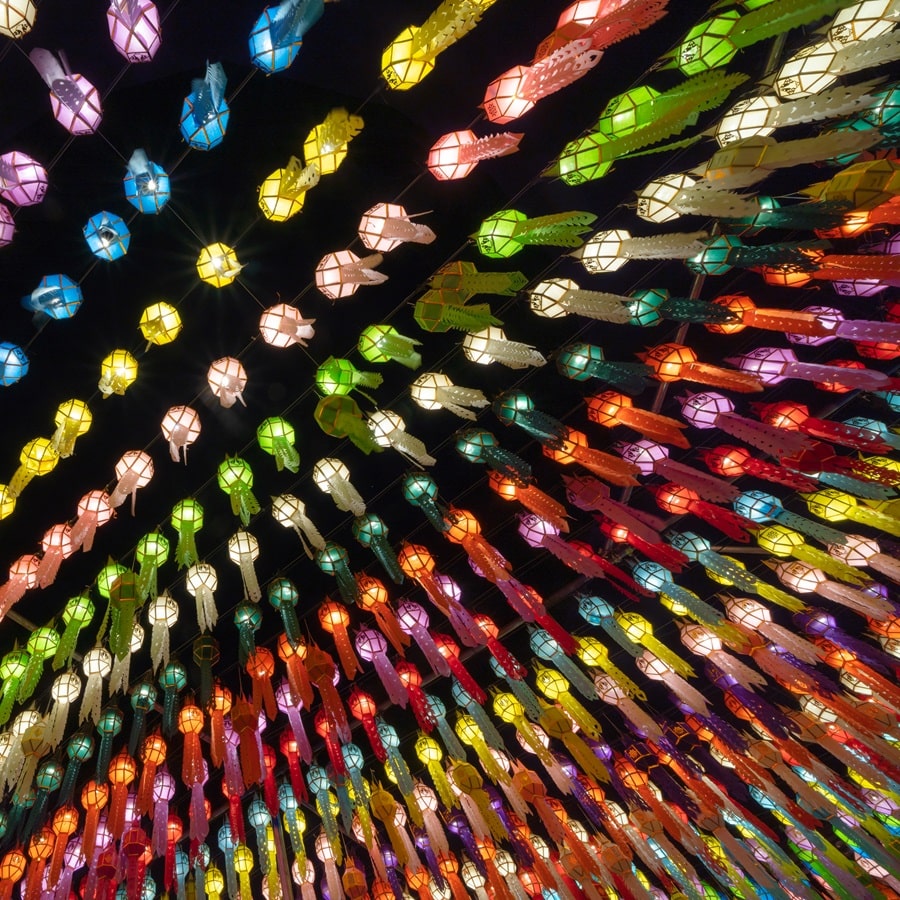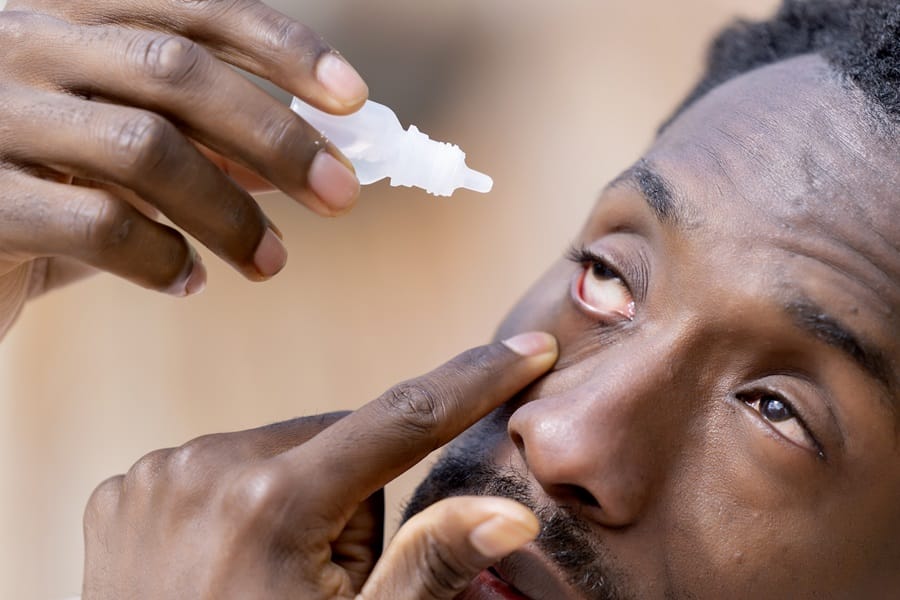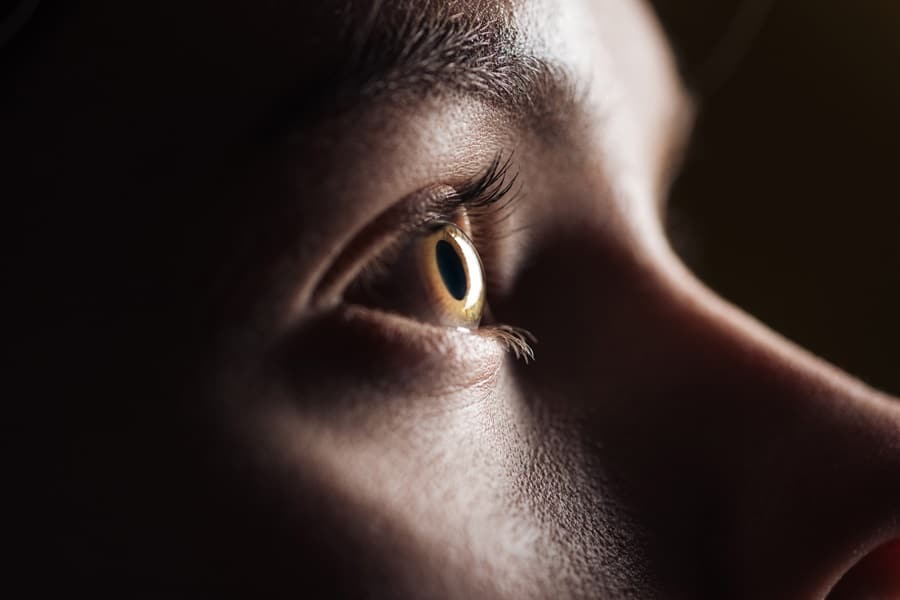The Best & Worst Modern Light Sources for Your Eyes
In our modern, digitized world, we are constantly surrounded by various light sources, from the glow of screens to energy-efficient LED bulbs. While these advancements enhance our lives in many ways, they raise concerns about their impact on eye health. This blog will delve into the best and worst modern light sources, offering insights into how these elements affect your eyes and overall well-being.
Understanding the Spectrum of Light
Before we assess specific light sources, it’s crucial to understand the spectrum of light and its impact on our eyes. The visible light spectrum comprises various colors, each possessing a distinct wavelength. Blue light, with a shorter wavelength and higher energy, has garnered attention due to its prevalence in digital screens and energy-efficient lighting.
The Best Modern Light Sources
Natural Sunlight
The gold standard for healthy illumination is natural sunlight. It provides a balanced light spectrum, including beneficial blue light that regulates circadian rhythm. Basking in natural light is associated with enhanced mood, better sleep quality, and overall well-being.
Full-Spectrum LED Lighting
Full-spectrum LED bulbs mimic natural sunlight, offering a well-balanced spectrum that promotes visual comfort. These bulbs are increasingly used indoors to create a more natural and pleasing lighting environment.
Task Lighting
Soaking in natural sunlight is connected with elevated mood, improved sleep quality, and an overall enhancement in well-being. This type of lighting is beneficial for reducing glare and minimizing eye strain, Particularly during tasks like reading or using a computer.
Incandescent Bulbs
While traditional incandescent bulbs have fallen out of favor due to energy inefficiency, they emit a warm, gentle light that is easy on the eyes. Consider using them where you want a softer, more relaxed ambiance.
The Worst Modern Light Sources
LED Screens
The pervasive use of LED screens in smartphones, computers, and tablets exposes us to high levels of blue light. Extended exposure, particularly in the evening, can disturb sleep patterns and add to digital eye strain.
Fluorescent Lighting
Traditional fluorescent lighting has been associated with flickering, glare, and an uneven light spectrum. While newer fluorescent bulbs address some of these issues, they may still pose challenges for individuals sensitive to certain wavelengths.
Cool White LED Bulbs
Cool white LED bulbs release more blue light, potentially causing eye strain and sleep disruption when extensively used in the evening. Opting for warmer color temperatures can mitigate these effects.
Excessive Screen Time
While not a specific light source, the cumulative impact of excessive screen time on eye health cannot be overstated. The American Academy of Ophthalmology recommends adhering to the 20-20-20 rule: take a 20-second break and focus on something 20 feet away every 20 minutes of screen time.
Mitigating the Impact
Blue Light Filters
Contemplate the application of blue light filters on digital screens to diminish the emission of blue light. Many devices and applications offer built-in options, and specialized screen protectors are available.
Proper Lighting Ergonomics
Arrange lighting thoughtfully to minimize glare and shadows, ensuring ample illumination for your tasks. Implementing this practice can aid in alleviating eye strain and discomfort.
Regular Eye Exams
Schedule regular eye exams to monitor your health and discuss concerns with your eye care professional. They can provide personalized advice based on your visual needs and lifestyle.
In the ever-changing realm of contemporary lighting, staying mindful and taking proactive measures are essential for preserving optimal eye health. While some light sources pose challenges, others can be harnessed to create a visually comfortable environment. Striking a balance, incorporating healthy lighting practices, and being mindful of screen time can contribute to longterm eye well-being in our technology-driven world.







